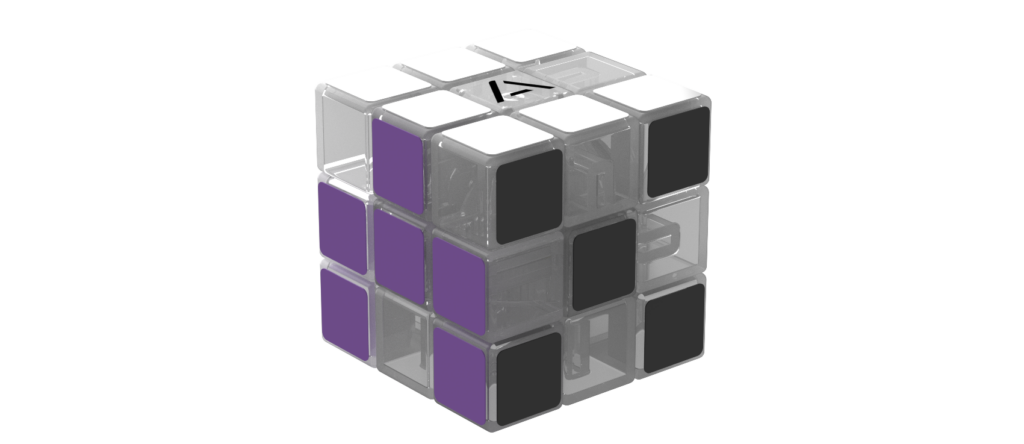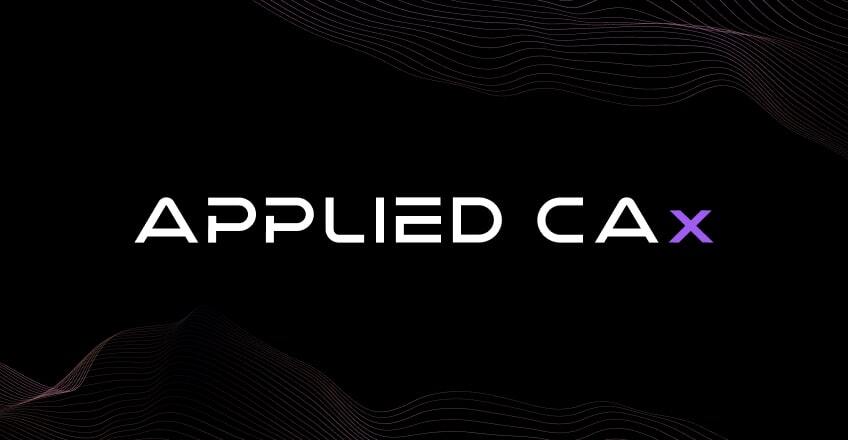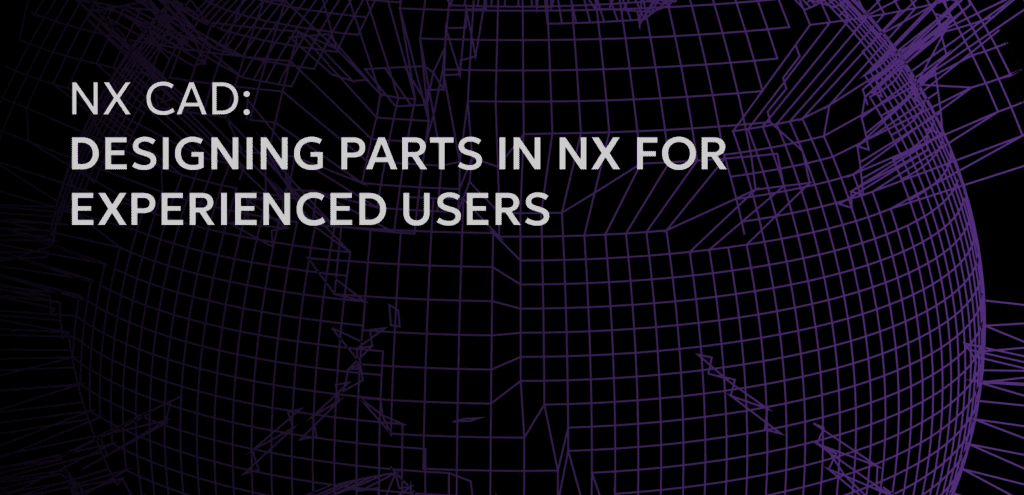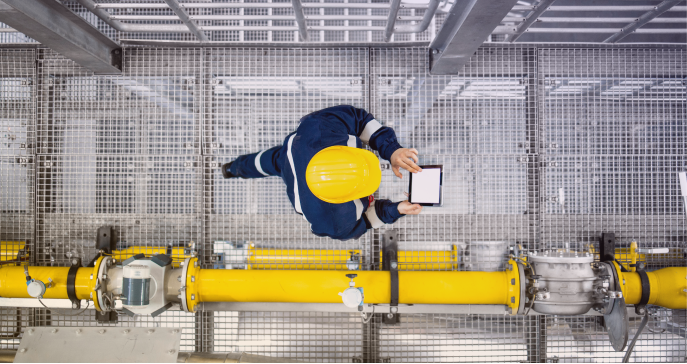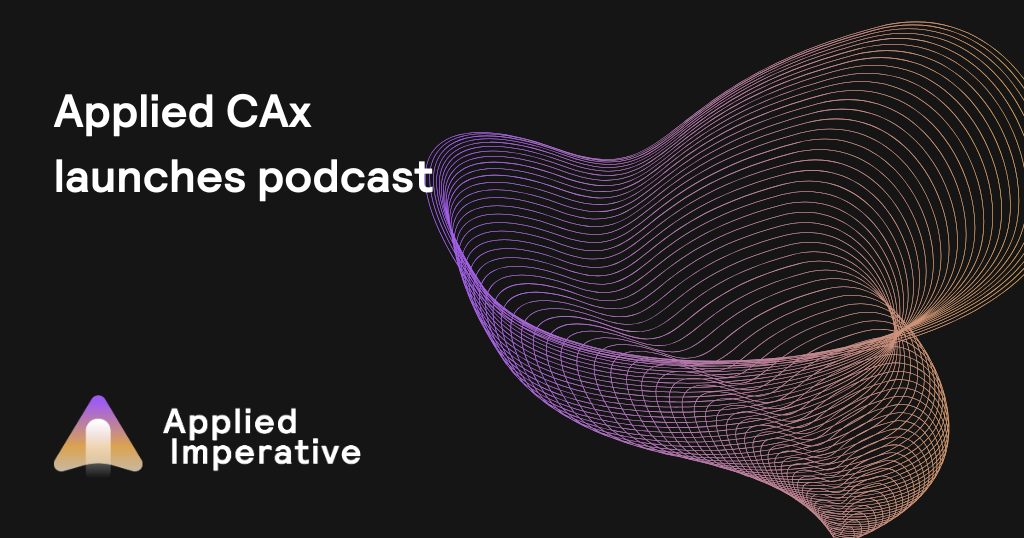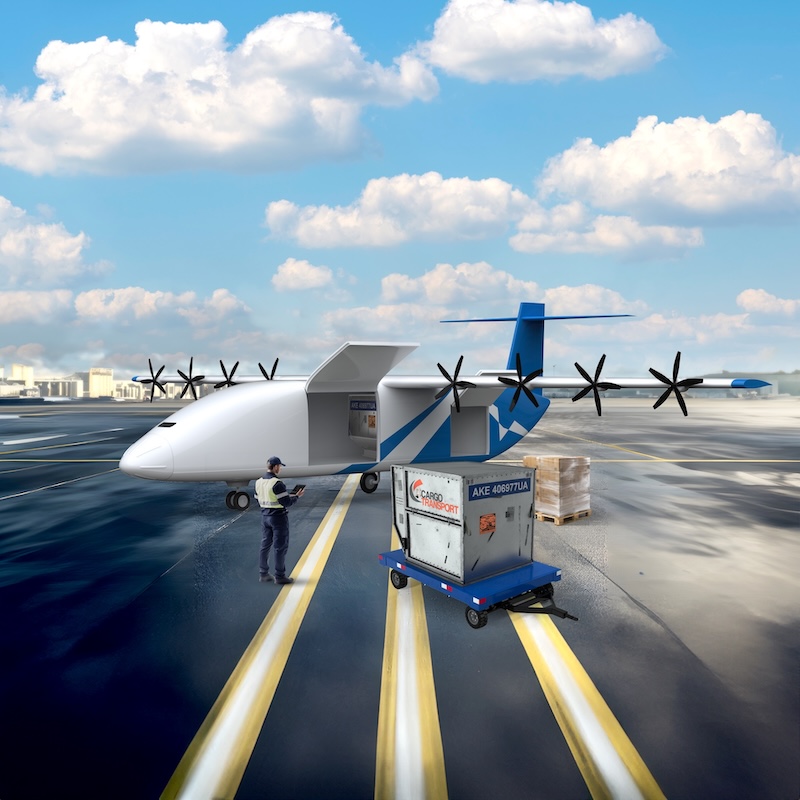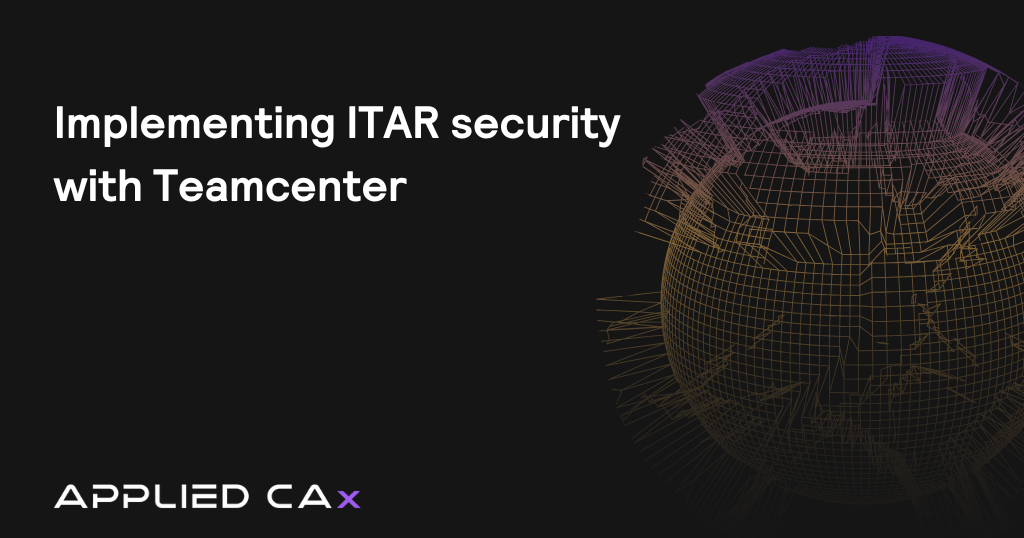With the Lagrangian Multi-Phase you’re essentially injecting a number of particles into your simulation flow. Usually this is done with sprays and droplets, so there are thousands or millions of particles injected, grouped into what is called parcels and tracked throughout the flow. It has many uses, it can be done for steady state, it can be done for transient analysis. The particles can be part of reacting flow if you’re doing combustion, either a liquid fuel or solid fuel, but with LMP models, it will calculate the particle path, and that path will be saved and you can go back and plot what the particle path was for your analysis.
We also look at a demo example we put together using rubber balls that are turning around and being mixed in a rhythm mixer. This is using an overset mesh to model the motion of the blades. It could be done with a rigid body motion, but we thought this would be a good application just to demonstrate the use of our overset mesh. One advantage of an overset mesh is if you want to make a modification, let’s say using two ribbons that are standing next to each other and a wider bat that might be intermixing with the space, that would require the overset mesh.
We open up the model and go through how it’s set up, how the over mesh is defined and poke around how we set up the DEM model itself.
